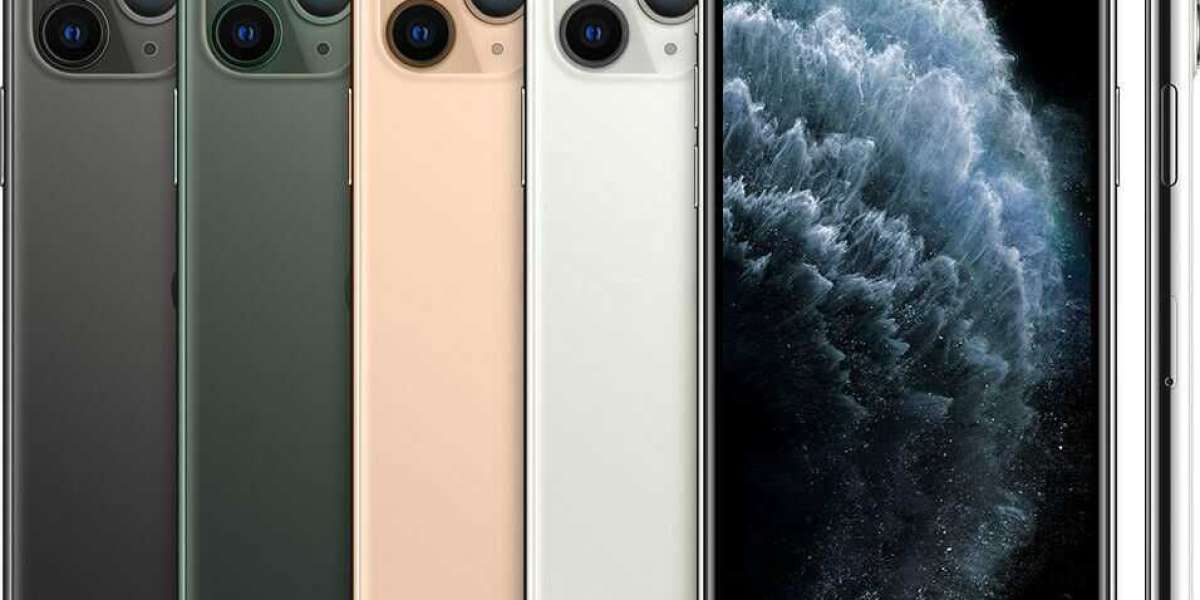For many people, the world of Apple is a bit of a mystery - especially when it comes to the pricing of their flagship product, the iPhone. With each new release, people line up for hours to secure the latest device, often paying upwards of $1,000. But what is it about the iPhone that makes it so expensive? Why are there such significant price variations between models? Is it worth the investment? These are all questions that we will explore in this blog post. Through a deep dive into the components, manufacturing process, and marketing strategies, we will attempt to crack the code behind iPhone prices, helping you make an informed decision about whether or not to invest in the latest iteration of this iconic device.
The mystique of iPhone pricing
The mystique surrounding iPhone pricing has intrigued consumers and analysts alike for years. Apple's flagship product, known for its sleek design, cutting-edge technology, and seamless user experience, has captured the hearts of millions around the world. But what makes an iPhone so valuable, and why do the prices often seem exorbitant?
One factor contributing to the mystique of iPhone pricing is Apple's meticulous attention to detail and relentless pursuit of innovation. Each new iPhone iteration brings with it a host of new features and improvements, from enhanced camera capabilities to faster processors and improved battery life. Apple invests heavily in research and development to stay ahead of the competition, which inevitably translates into higher production costs.
Furthermore, Apple's commitment to creating a seamless ecosystem of devices and services adds to the perceived value of its iPhones. The integration between iPhones, MacBooks, iPads, and other Apple products creates a cohesive user experience that is difficult to replicate. The convenience and fluidity of switching between devices, syncing data effortlessly, and accessing a multitude of apps and services all contribute to the overall value proposition.
The components that make up an iPhone and their costs
When it comes to understanding the real value behind iPhone prices, it's crucial to delve into the components that make up these highly sought-after devices. While the sleek design and cutting-edge features are what captivate consumers, the intricate technology beneath the surface is what truly drives the price tag.
One of the most significant components of an iPhone is the processor, which serves as the brain of the device. Apple's custom-designed A-series chips are known for their impressive performance and efficiency, enabling seamless multitasking and lightning-fast app launches. These processors undergo rigorous research and development, resulting in a premium price due to their advanced capabilities.
The camera system is another integral component that adds value to the iPhone. Apple has consistently pushed the boundaries of mobile photography, equipping their devices with advanced sensors, image processing algorithms, and optical image stabilization. These innovations enable users to capture professional-grade photos, record high-definition videos, and explore creative possibilities with features like Portrait mode and Night mode.
Research and development expenses
When it comes to understanding the real value behind iPhone prices, one crucial aspect to consider is the extensive research and development (RD) expenses incurred by Apple. From the very beginning, Apple has been known for its innovation and cutting-edge technology. But these groundbreaking advancements don't come without a significant investment in research and development.
Apple allocates a substantial portion of its budget to RD, which plays a pivotal role in the development of new features, enhancements, and overall product improvements. The company invests heavily in designing and engineering new hardware components, developing software and operating systems, and conducting rigorous testing and quality assurance processes.
The RD expenses incurred by Apple are not limited to hardware and software development alone. They also encompass investments in advanced manufacturing techniques, exploring new materials, and even investing in sustainable practices to reduce the environmental impact of their products.
Marketing and branding costs
When it comes to understanding the real value behind iPhone prices, one crucial factor to consider is the significant investment in marketing and branding. Apple has established itself as a global powerhouse, known for its sleek and innovative products. However, building and maintaining such a reputation requires extensive marketing efforts.
Apple spends a substantial amount on marketing campaigns, including television commercials, digital advertising, print ads, and sponsorship deals. These efforts are aimed at creating brand awareness, shaping a positive perception of the iPhone, and reaching potential customers worldwide. The cost of these campaigns, along with the associated creative teams, media buying, and distribution, is factored into the final price of the iPhone.
The impact of supply and demand on prices
Supply and demand play a crucial role in determining the prices of iPhones. Apple carefully manages the supply of their devices to create a sense of scarcity and exclusivity. This strategy drives up the demand, allowing them to price their products higher than their production costs.
When a new iPhone is released, there is typically a surge in demand. Apple fans eagerly anticipate the latest features and improvements, creating a frenzy in the market. This high demand often leads to limited availability, as Apple intentionally controls the initial supply to create a sense of urgency among consumers.
The scarcity factor, combined with the perception of owning a premium and cutting-edge device, drives up the willingness of consumers to pay a premium price. The demand for iPhones often surpasses the available supply, leading to long waiting lists, pre-orders, and even people camping outside Apple stores to get their hands on the latest model.
Apple's profit margins and its effect on prices
When it comes to understanding the real value behind iPhone prices, one crucial aspect to consider is Apple's profit margins. Apple has consistently maintained high profit margins throughout its history, which has undoubtedly influenced the prices of its iPhones.
Apple is renowned for its meticulous design, cutting-edge technology, and seamless user experience, which often come at a premium cost. By maintaining high profit margins, Apple can continue to invest in research and development, innovative features, and superior build quality that sets its iPhones apart from the competition.
It is also worth noting that Apple invests heavily in marketing and advertising to create hype and generate demand for their products. These marketing expenses, coupled with the premium materials used in the manufacturing process, contribute to the higher prices of iPhones.
Are iPhones worth the price?
Are iPhones really worth the price tags they come with? It's a question that often arises when considering purchasing one of these iconic devices. With each new release, the price seems to climb higher, leaving consumers wondering if the investment is truly worth it.
To truly understand the value behind iPhone prices, one must consider several factors. First and foremost, Apple's commitment to innovation and cutting-edge technology sets their devices apart from the competition. From the sleek design to the powerful performance, iPhones consistently deliver a user experience that is unparalleled.
Another aspect to consider is the longevity of iPhones. Apple has built a reputation for providing software updates and support for their devices for several years after their release. This means that even if you purchase an older iPhone model, you can still enjoy the latest features and security updates, ensuring a longer lifespan for your device.








